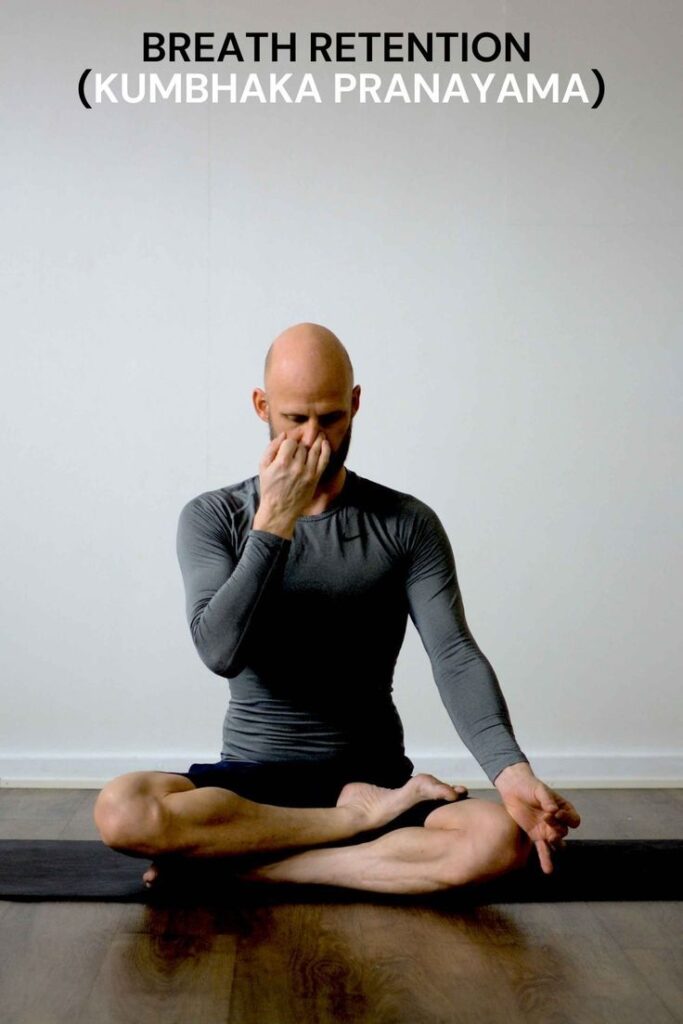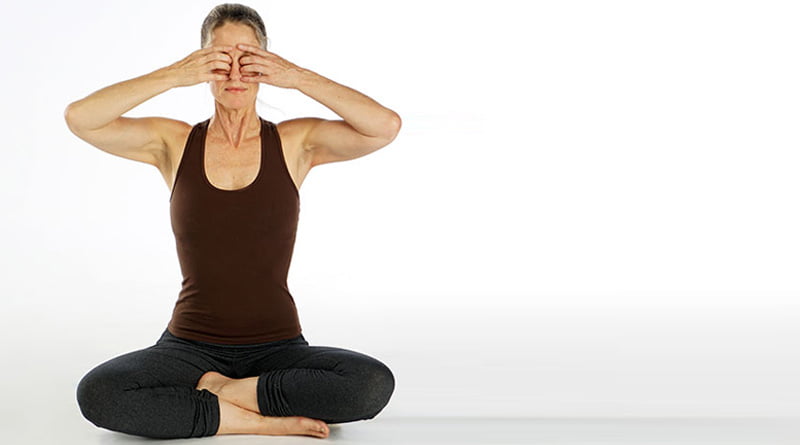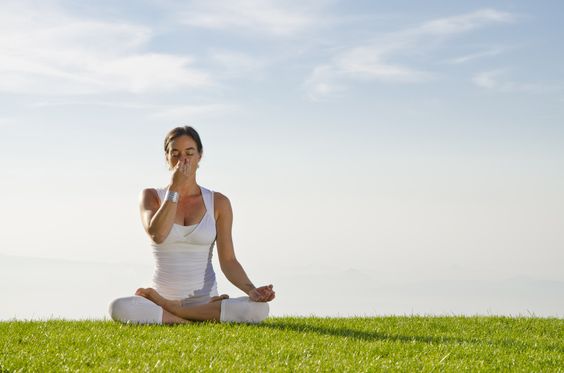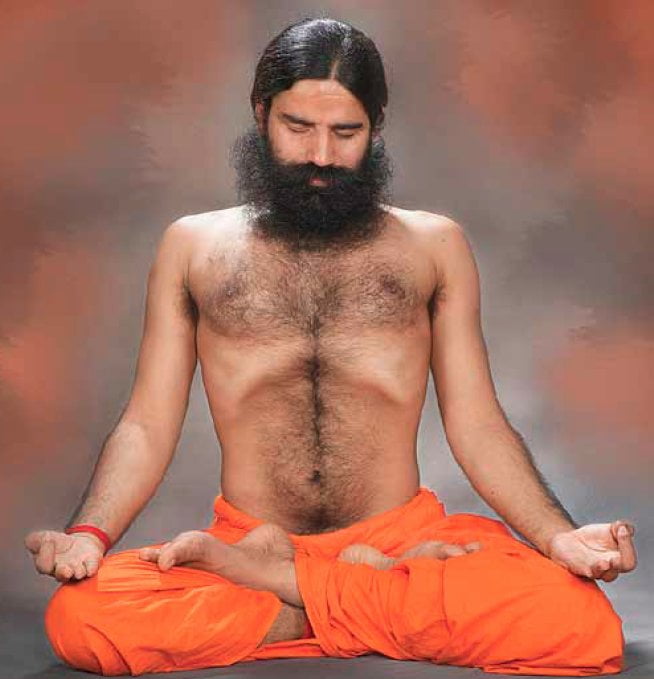Kumbhaka Pranayama, an ancient yogic breathing technique, is a cornerstone of traditional pranayama (breath control) practices. Rooted in the Sanskrit term “Kumbhaka,” meaning “pot” or “vessel,” it symbolizes the holding or retention of breath. This practice is revered in both Hatha and Raja Yoga for its profound physiological, mental, and spiritual benefits. Unlike other forms of pranayama that focus on inhalation (Puraka) or exhalation (Rechaka), Kumbhaka emphasizes the stillness between these two phases, offering a powerful means to regulate prana (life force energy) and still the mind.
Table of Contents
Types of Kumbhaka:
Kumbhaka is traditionally categorized into two main types:
Antar Kumbhaka (Internal Retention): Breath is held after inhalation.
Bahya Kumbhaka (External Retention): Breath is held after exhalation.
Advanced yogic texts also describe a third, more subtle form:
Kevala Kumbhaka (Spontaneous Retention): Breath retention occurs naturally and effortlessly, often during deep states of meditation or Samadhi.
How To Do Kumbhaka Pranayama:
Before practicing Kumbhaka, it is essential to master basic pranayama techniques like Nadi Shodhana (alternate nostril breathing) and Ujjayi (victorious breath). A steady posture, such as Padmasana (Lotus Pose) or Siddhasana (Accomplished Pose) is recommended, along with a calm and focused mind.
- Sit with a straight spine, relaxed shoulders, and closed eyes.
- Inhale deeply and exhale completely to prepare the lungs and nervous system.
- Fill the lungs steadily, ensuring the diaphragm, chest, and collarbone areas are all expanded.
- After inhaling, close both nostrils using the right hand (as in Nadi Shodhana) and retain the breath comfortably without strain.
- Release the breath slowly and completely.
- After exhalation, hold the breath out for a few seconds, gradually increasing duration over time.
Benefits of Kumbhaka Pranayama:
The benefits of Kumbhaka Pranayama are…
Increases Lung Capacity:
Strengthens respiratory muscles and improves oxygen utilization.
Balances the Autonomic Nervous System:
Enhances parasympathetic activity, promoting relaxation and reducing stress.
Improves Cardiovascular Health:
Helps regulate blood pressure and heart rate.
Enhances Metabolism:
Aids in cellular detoxification and balances energy levels.
Enhances Concentration:
Fosters mental clarity and one-pointed focus.
Reduces Anxiety:
Calms the nervous system, reducing symptoms of anxiety and panic.
Promotes Mental Stillness:
Induces deep states of tranquility and mindfulness.
Facilitates Meditation:
Prepares the mind for deeper states of meditation and inner exploration.
Awakens Kundalini Energy:
According to yogic philosophy, controlled breath retention helps awaken dormant spiritual energy.
Medical Conditions:
Individuals with hypertension, heart disease, respiratory disorders, or anxiety should consult a healthcare provider before practicing.
Pregnancy:
Not recommended during pregnancy.
Environment:
Practice in a quiet, well-ventilated space on an empty stomach.
Guidance:
Beginners should learn under the supervision of a qualified yoga teacher.
Scientific Perspective:
Modern research on pranayama, including Kumbhaka, suggests beneficial effects on heart rate variability, brainwave activity, and hormonal balance. Controlled breath retention influences the autonomic nervous system, promoting homeostasis and enhancing mental resilience. Studies have shown that consistent pranayama practice improves attention, emotional regulation, and even alters brain structure in areas associated with self-awareness and interoception.
Conclusion:
Kumbhaka Pranayama is a transformative yogic tool that bridges the body, mind, and spirit. Through the conscious retention of breath, practitioners tap into subtle energies, enhance physiological functioning, and cultivate a deep inner stillness. While simple in concept, it requires patience, discipline, and respect for the body’s limits. When practiced mindfully and consistently, Kumbhaka offers a gateway to heightened awareness and spiritual evolution.
FAQ:
Q. What is Kumbhaka Pranayama?
A. Kumbhaka Pranayama is the practice of breath retention in yogic breathing. It involves holding the breath either after inhalation (Antar Kumbhaka) or after exhalation (Bahya Kumbhaka) to control the flow of prana (vital energy) and calm the mind.
Q. Is Kumbhaka safe for beginners?
A. Kumbhaka should be approached with caution by beginners. It’s recommended first to become comfortable with basic pranayama practices like Nadi Shodhana and deep breathing. Beginners should start with short breath holds under the guidance of a qualified yoga instructor.
Q. How long should I hold my breath?
A. Start with short durations (5–10 seconds) and gradually increase as your comfort and lung capacity improve. Never force breath retention or hold beyond your natural capacity.
Q. What are the differences between Antar and Bahya Kumbhaka?
-
Antar Kumbhaka: Breath is retained after inhalation.
-
Bahya Kumbhaka: Breath is retained after exhalation.
Both serve different physiological and energetic functions, and are often used in combination.
Q. What is Kevala Kumbhaka?
A. Kevala Kumbhaka is an advanced state where breath retention happens spontaneously and effortlessly, often during deep meditation. It represents a high level of breath mastery and spiritual absorption.
Q. When is the best time to practice Kumbhaka?
A. The best time is early morning (Brahma Muhurta) or evening, on an empty stomach, in a quiet, ventilated space.
Q. Can Kumbhaka be harmful?
A. Yes, if done improperly. Holding the breath too long or with force can lead to dizziness, anxiety, or strain on the heart and lungs. Always listen to your body and avoid pushing past discomfort.
Q. Should Kumbhaka be practiced alone or with other pranayamas?
A. It’s typically integrated with other pranayama techniques such as Nadi Shodhana, Ujjayi, or Bhastrika. Kumbhaka enhances the effectiveness of these practices by pausing the breath flow and intensifying focus.





